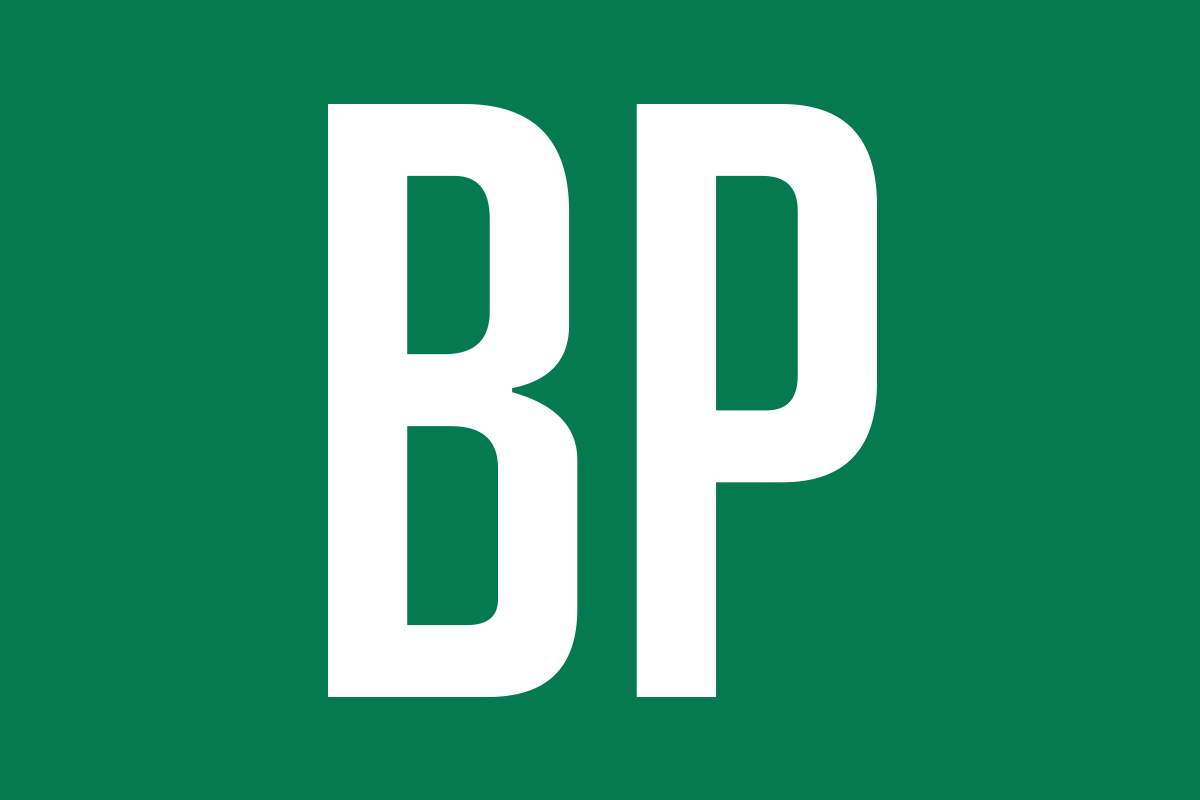New auto sales in Southern Nevada got a boost in September thanks to record dealer incentives and are now on track to match 2016’s numbers, according to the Nevada Franchised Auto Dealers Association.
Even though sales in 2017 and 2016 are on a similar pace, the value of those sales is on the rise as consumers look to buy more expensive vehicles, according to the dealers association and the Nevada Credit Union League.
Earlier this year, Andy MacKay, executive director of the Nevada Franchised Auto Dealers Association, said he expected sales to dip between 1.5 and 2.5 percent. That was in line with a nationwide forecast from the National Automobile Dealers Association, which reported that sales fell 2.2 percent on a national level through June.
That forecasting changed in September when there were 8,950 new vehicle sales in Clark County compared to 8,324 in September 2016, a 7.5 percent year-over-year increase. For the year, the number of sales in Clark County stood at 73,410, only 47 fewer than the first nine months of 2016, he said.
“The reason why we have seen an increase in sales in September is manufacturers are pushing incentives through the roof with aggressive discounting, which in turn is starting to drive demand at dealerships to move 2017 model years and get those off the lots so they can start selling 2018s,” MacKay said.
A report by J.D. Power and Associates said the average incentive provided by manufacturers in September was a record $4,050, MacKay said.
Given the boost in September sales, MacKay said Clark County is likely to end up somewhere in excess of 97,000 for the year. There were 97,458 new vehicle sales in 2016, he said.
That’s still below the record number of sales in Clark County of 104,981 prior to the Great Recession in 2006. The bottom was 43,713 in 2009, and the market has steadily recovered since then with the high of 98,218 in 2015.
The stock market gains has increased consumer confidence and given people even more incentive to keep buying in 2017 and 2018, he said.
“We’re not there yet (in terms of pre-recession levels) but it’s been pretty good growth and recovery in the market from where we were,” MacKay said. “Sales of 97,000 to 98,000 is not bad at all.”
What’s driving the pickup in sales is light trucks, crossovers and sport utility vehicles over sedans, MacKay said. Despite sales remaining flat, there’s more revenue coming into dealers, he said.
“Those vehicles are a little more money so that’s better for the dealers from a revenue standpoint,” MacKay said.
There will be strong demand in the Houston area where more than 1 million vehicles were damaged by the floods, which could prompt more inventory being sent to that region, MacKay said. That could lessen some inventory in parts of the country, including the West Coast, he said.
The latest number of auto sales comes as the Nevada Credit Union League releases a second-quarter report, citing how Southern Nevada residents are taking out loans at a brisk pace for not only new vehicles but used ones as well for eight locally headquartered credit unions.
Combined for loans for new and used lightweight vehicles hit a dollar amount not seen since 2009 at $661 million. That translates to 43,248 individual auto loans with an average price of $15,283 per vehicle, according to Dwight Johnston, chief economist for the League.
This category more than doubled, rising 118 percent from the most recent low in 2013 of $303 million. The peak was $778 million in 2006, Johnston said.
The report shows loans for new lightweight vehicles totaled $171 million or 8,076 loans with an average price of $21,173. Loans for used lightweight vehicles hit a record of $490 million, Johnston said.
That translates to 35,172 loans with an average price of $13,931 per vehicle. The category has more than doubled from the most recent low of $228 million but below the peak of $361 million in 2004, Johnston said.
The report shows credit unions have a rapidly increasing market share within auto lending compared to banks, finance companies, and captive financing, Johnston said. Credit unions nationwide reported second quarter auto loans rose in comparison to the same period in 2016
“Some experts question whether the current cycle of automobile purchases by consumers has run its course, but it might take more than just the end of a cycle for annual sales at car dealerships to hit a noticeable slowdown,” Johnston said. “Local spending for major purchases in Nevada continues to be bolstered by the combination of rising wages and job opportunities, which is keeping consumer confidence strong. Nevada consumers are confident in the future. This is reflected in the stable housing market and the growth in auto lending.”
Matt Kershaw, CEO of Clark County Credit Union, said the economy is helping fuel a strong auto market.
“There was a lot of speculation the car market was going to slow down, and we didn’t see that,” Kershaw said. “We’ve had a good year this year. Our loss ratio very low, and we’re excited about the growth we have had.”
The demand has been stronger for used cars instead of new ones, Kershaw said. The demand for vehicles is like other sectors such as businesses looking to buy real estate or equipment to expand operations, and individuals looking to buy homes, he said. Loan growth is up 14 percent, he said. The credit union represents medical professionals and government employees and other employer groups.
“We have seen strong demand, and there’s strong cash flow and ability to repay loans so those things are positive,” Kershaw said. “Overall, everybody looks healthy right now.”
Clark County Credit Union’s asset size has grown 10 percent last year and this year and is in position to expand, he said. Credit unions overall are preforming well, and Kershaw said his will provide a bonus dividend of $3 million-plus for the second year in a row.
“I think what sets us apart from banks is that the bonus dividend is going to our members because we’re owned by members,” Kershaw said.
Johnston said credit unions have benefited from being aggressive when the recovery began, and that has increased their market share.
Even though auto sales have leveled off, the credit unions are benefiting by making larger loans because vehicles continue to go up in value, Johnston said.
“If someone bought a car five years ago at $30,000, they are trading it in and buying a $40,000 car, and that has benefited credit unions from being aggressive off the bat,” Johnston said of their practice of keeping rates low.
There’s nothing that stands in the way of continued economic growth at this time even though people mistakenly fear there’s a time limit on it, Johnston said. Proposed tax cuts would even benefit the economy in the short term, he said.
“Before the last recession with the housing bubble, you knew things would go down,” Johnston said. “There’s nothing like that that scares me. “Yes, stocks are a little high, but there’s nothing from an economic viewpoint that tells me it’s time to abandon ship.”




